Home>Furniture & Design>Interior Design Trends>How To Identify Tiffany Glass
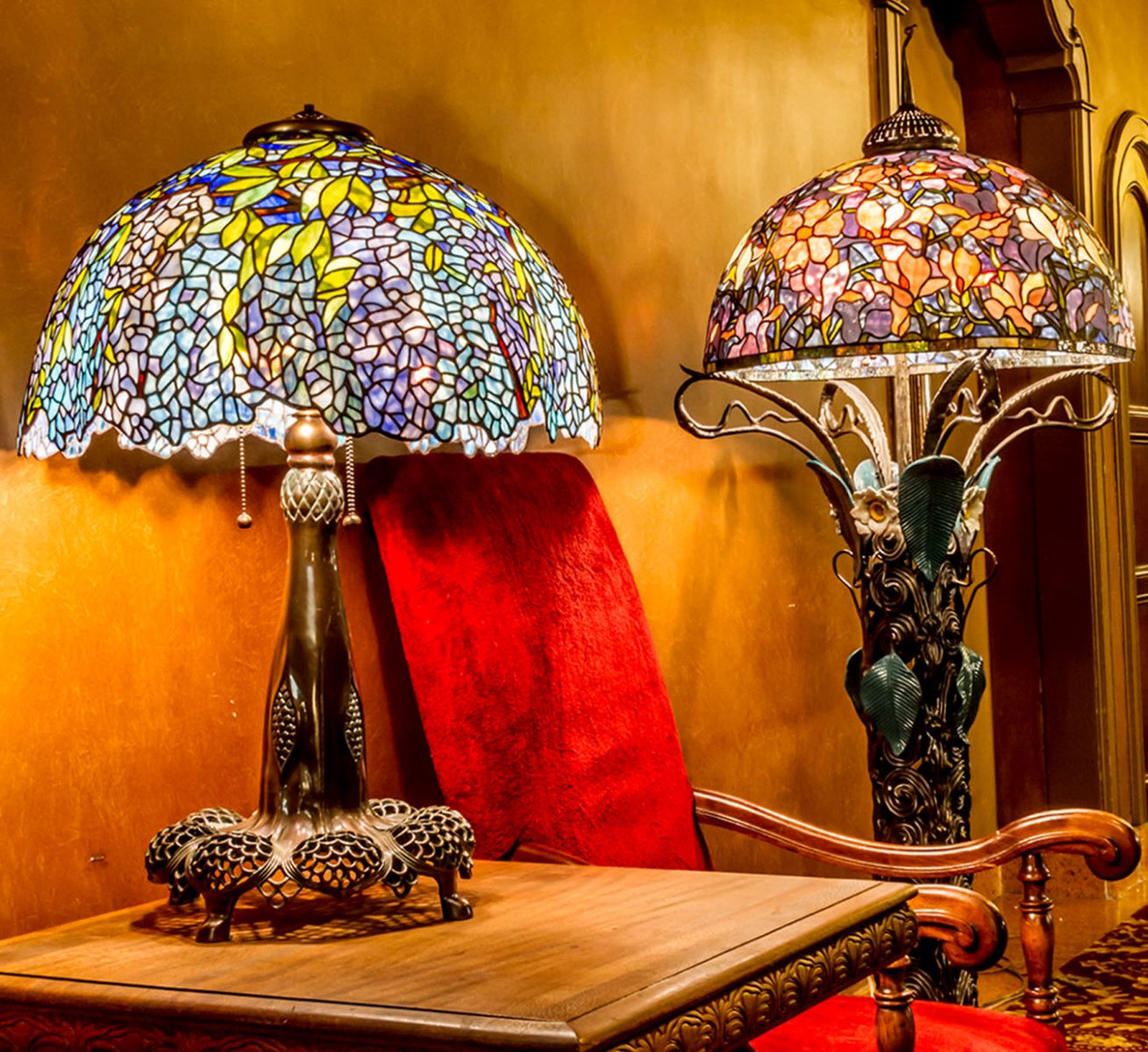

Interior Design Trends
How To Identify Tiffany Glass
Modified: February 28, 2024
Learn how to identify authentic Tiffany glass and stay ahead of interior design trends with our expert tips and insights. Discover the timeless beauty of Tiffany glass today!
(Many of the links in this article redirect to a specific reviewed product. Your purchase of these products through affiliate links helps to generate commission for Storables.com, at no extra cost. Learn more)
Introduction
Tiffany glass, renowned for its exquisite beauty and timeless allure, has captivated art enthusiasts and collectors for generations. This iconic art form, synonymous with luxury and sophistication, holds a unique place in the world of decorative arts. Understanding the intricacies of Tiffany glass is not only a journey through history but also an exploration of unparalleled craftsmanship and artistic ingenuity.
The allure of Tiffany glass lies in its rich history, distinctive characteristics, and the challenge of identifying authentic pieces. As we delve into the world of Tiffany glass, we will unravel the fascinating narrative of its origins, delve into the defining features that set it apart, and equip ourselves with the knowledge to discern genuine Tiffany glass from imitations.
Let's embark on a captivating journey through time and artistry as we uncover the enchanting world of Tiffany glass.
Key Takeaways:
- Tiffany glass is known for its opalescent beauty, rich color palette, and nature-inspired designs. Understanding its characteristics helps enthusiasts identify authentic pieces and appreciate their enduring allure.
- Identifying genuine Tiffany glass requires recognizing signature markings, opalescent radiance, and meticulous craftsmanship. Dispelling common misconceptions ensures a more informed and discerning approach to evaluating these timeless treasures.
Read more: What Is Tiffany Glass
History of Tiffany Glass
The history of Tiffany glass is a captivating tale that begins with the visionary artist and designer, Louis Comfort Tiffany. Born into a family renowned for their entrepreneurial spirit and artistic inclinations, Tiffany was destined to leave an indelible mark on the world of decorative arts. In 1878, he established the iconic Tiffany Studios, a creative hub that would become synonymous with innovation and unparalleled craftsmanship.
Tiffany's foray into glass artistry was inspired by his fascination with the interplay of light and color. He sought to elevate the medium of stained glass to new heights, transcending its traditional applications in churches and cathedrals. Embracing a spirit of experimentation, Tiffany pioneered revolutionary techniques that allowed him to harness the ethereal beauty of glass in unprecedented ways.
One of Tiffany's most groundbreaking innovations was the development of opalescent glass, a mesmerizing material that exuded a lustrous, iridescent quality. This transformative achievement enabled him to infuse his creations with a radiant luminosity, captivating viewers with a symphony of hues and textures.
Tiffany's ingenuity extended beyond the realm of stained glass, encompassing a diverse array of glass art forms, including intricate mosaics, dazzling lamps, and ornate glassware. His relentless pursuit of artistic excellence and technical mastery culminated in the creation of iconic masterpieces that continue to enthrall connoisseurs and collectors to this day.
The legacy of Tiffany glass extends far beyond its artistic brilliance, encompassing a profound impact on interior design, architecture, and the broader cultural landscape. The opulent opalescent windows adorning prestigious institutions and private residences stand as testaments to Tiffany's enduring influence and artistic legacy.
As we reflect on the history of Tiffany glass, we are transported to an era defined by artistic innovation, boundless creativity, and a relentless quest for beauty. Tiffany's visionary spirit continues to inspire and enchant, ensuring that the legacy of Tiffany glass remains an integral part of the artistic tapestry that enriches our lives.
Characteristics of Tiffany Glass
Tiffany glass, renowned for its mesmerizing allure and unparalleled artistry, is distinguished by a myriad of captivating characteristics that set it apart as a timeless treasure. Understanding these defining traits is essential in discerning authentic Tiffany glass and appreciating its enduring legacy.
-
Opalescent Beauty: One of the most defining features of Tiffany glass is its opalescent allure. This mesmerizing quality infuses the glass with a radiant luminosity, creating a captivating interplay of colors and textures. The opalescent effect, achieved through innovative glassblowing techniques, imbues each piece with an ethereal, iridescent sheen that dances with the play of light.
-
Rich Color Palette: Tiffany glass is celebrated for its rich and vibrant color palette, ranging from luscious hues of cobalt and emerald to delicate shades of rose and amethyst. The masterful blending of colors within a single piece creates a sense of depth and dimension, evoking a symphony of visual splendor that captivates the beholder.
-
Organic Motifs and Nature-Inspired Designs: Nature served as a boundless wellspring of inspiration for Louis Comfort Tiffany, and this is reflected in the organic motifs and nature-inspired designs that adorn his creations. Intricate floral patterns, graceful foliage, and whimsical depictions of birds and insects infuse Tiffany glass with a sense of natural elegance and timeless beauty.
-
Textural Diversity: Tiffany's ingenuity extended to the manipulation of glass textures, resulting in a diverse array of tactile experiences. From smooth, rippled surfaces to intricate, faceted details, each piece of Tiffany glass exudes a tactile richness that invites tactile exploration and appreciation.
-
Artistic Craftsmanship: The hallmark of Tiffany glass lies in its exceptional craftsmanship, characterized by meticulous attention to detail and a commitment to artistic excellence. Each piece is a testament to the virtuosity of skilled artisans who meticulously shaped, assembled, and finished the glass with unparalleled precision and artistry.
-
Iconic Lamp Designs: Tiffany's iconic lamp designs, such as the renowned stained glass lamps with their distinctive mosaic-like shades, have become synonymous with the Tiffany legacy. These lamps, adorned with intricate patterns and resplendent with opalescent glass, embody the epitome of Tiffany's artistic vision and technical mastery.
As we immerse ourselves in the captivating world of Tiffany glass, these defining characteristics serve as a testament to the enduring allure and artistic brilliance that continue to enchant and inspire admirers around the globe.
Identifying Tiffany Glass
Identifying authentic Tiffany glass requires a discerning eye and a comprehensive understanding of the distinctive hallmarks that define this revered art form. Whether examining a stunning stained glass window, an opulent lamp, or an exquisite glassware piece, several key indicators can aid in the identification of genuine Tiffany glass.
1. Signature Markings:
Authentic Tiffany glass often bears signature markings that signify its provenance. Look for the "Tiffany Studios" stamp or the engraved signature of Louis Comfort Tiffany himself. These markings serve as a definitive confirmation of the piece's authenticity and heritage.
Read more: How To Identify Viking Glass
2. Opalescent Radiance:
The opalescent quality of Tiffany glass is a hallmark feature that distinguishes it from imitations. When held up to light, genuine Tiffany glass exhibits a mesmerizing iridescence, with subtle shifts in color and luminosity. This ethereal radiance is a result of Tiffany's innovative glassblowing techniques and remains a telltale sign of authenticity.
3. Meticulous Craftsmanship:
Examine the piece closely to appreciate the meticulous craftsmanship inherent in Tiffany glass. Intricate lead lines, precise soldering, and flawless integration of individual glass pieces demonstrate the unparalleled skill and attention to detail characteristic of authentic Tiffany creations.
4. Nature-Inspired Motifs:
Tiffany's profound reverence for nature is evident in the organic motifs and nature-inspired designs that adorn his glass masterpieces. Delicate depictions of flowers, foliage, and fauna, rendered with exquisite artistry, are emblematic of Tiffany's design aesthetic and serve as a compelling identifier of genuine Tiffany glass.
5. Rich Color Palette:
The vibrant and harmonious color palette employed in Tiffany glass reflects the artist's unparalleled mastery of color and light. From lush greens and deep blues to warm ambers and delicate pinks, the seamless blending of hues within a single piece is a testament to the distinctive color sensibility that defines Tiffany's work.
Read more: How To Identify Vaseline Glass
6. Provenance and Documentation:
When possible, ascertain the provenance and documentation of the piece. Authentic Tiffany glass often comes with a documented history that traces its lineage and authenticity. Such records provide invaluable insights into the piece's origins and can offer compelling evidence of its genuine Tiffany provenance.
By familiarizing oneself with these key identifiers, enthusiasts and collectors can confidently discern authentic Tiffany glass from imitations, ensuring that these timeless treasures are rightfully celebrated and cherished for generations to come.
Common Misconceptions
Despite the enduring allure and distinctive characteristics of Tiffany glass, several misconceptions persist regarding its identification and value. These misconceptions often stem from a lack of comprehensive understanding of the nuanced aspects of Tiffany glass, leading to potential misattributions and oversights. By dispelling these misconceptions, we can foster a deeper appreciation for the artistry of Tiffany glass and ensure a more informed approach to its discernment and evaluation.
-
All Stained Glass is Tiffany: A prevalent misconception is the assumption that all stained glass pieces are attributed to Tiffany. While Tiffany's influence on the stained glass art form is undeniable, not all stained glass works originate from the renowned Tiffany Studios. It is essential to discern the distinct characteristics and signature markings of authentic Tiffany glass to avoid misattributions.
-
Opalescent Glass Equates to Tiffany: Another common misconception revolves around the belief that any opalescent glass piece is synonymous with Tiffany. While Tiffany's pioneering use of opalescent glass is a defining feature of his work, the mere presence of opalescent qualities does not automatically denote a piece as authentic Tiffany glass. Understanding the nuanced interplay of opalescent radiance, color palette, and craftsmanship is crucial in accurately identifying Tiffany glass.
-
Age Equals Authenticity: There is a prevalent misconception that the age of a stained glass piece inherently signifies its authenticity as a Tiffany creation. While genuine Tiffany glass often hails from the late 19th and early 20th centuries, the age of a piece alone does not guarantee its provenance. Thorough examination and consideration of the aforementioned identifying factors are imperative in distinguishing authentic Tiffany glass from later imitations or reproductions.
-
Every Lamp is a Tiffany Lamp: The widespread misconception that all stained glass lamps are Tiffany lamps has led to misattributions and inflated valuations. While Tiffany's iconic lamp designs are revered for their opulent beauty, numerous imitations and replicas exist in the market. Discerning the intricate details, signature markings, and design elements specific to genuine Tiffany lamps is essential in avoiding misidentifications.
By addressing these common misconceptions, enthusiasts and collectors can cultivate a more discerning and informed approach to identifying and appreciating authentic Tiffany glass. This heightened awareness not only safeguards the integrity of Tiffany's artistic legacy but also ensures that these exquisite treasures are rightfully celebrated for their enduring beauty and historical significance.
Conclusion
In conclusion, the world of Tiffany glass is a captivating realm steeped in rich history, unparalleled artistry, and timeless allure. From its origins in the visionary pursuits of Louis Comfort Tiffany to its enduring impact on decorative arts, Tiffany glass stands as a testament to the boundless creativity and technical mastery of its creator. The distinctive characteristics that define Tiffany glass, including opalescent radiance, nature-inspired motifs, and meticulous craftsmanship, serve as enduring hallmarks of its unparalleled beauty and artistic significance.
Identifying authentic Tiffany glass requires a discerning eye and a comprehensive understanding of the nuanced elements that distinguish it from imitations. From signature markings and opalescent luminosity to meticulous craftsmanship and nature-inspired motifs, these key identifiers empower enthusiasts and collectors to confidently discern genuine Tiffany glass and safeguard its legacy for future generations.
By dispelling common misconceptions surrounding Tiffany glass, we can foster a deeper appreciation for its artistry and ensure a more informed approach to its discernment and evaluation. Understanding that not all stained glass is attributed to Tiffany, that opalescent qualities alone do not equate to authenticity, and that age does not inherently signify provenance, enables a more discerning and accurate assessment of Tiffany glass pieces.
As we immerse ourselves in the enchanting world of Tiffany glass, we are reminded of its enduring legacy as a pinnacle of artistic achievement and a source of timeless inspiration. The opulent opalescent windows, iconic lamps, and exquisite glassware pieces crafted by Tiffany continue to captivate and enthrall, serving as enduring testaments to the enduring allure and artistic brilliance of Tiffany glass.
In preserving the legacy of Tiffany glass, we honor the visionary spirit of Louis Comfort Tiffany and celebrate the enduring beauty and historical significance of these exquisite treasures. Through a deeper understanding of its history, characteristics, and identification, we ensure that the legacy of Tiffany glass remains an integral part of the artistic tapestry that enriches our lives, inspiring wonder and admiration for generations to come.
Frequently Asked Questions about How To Identify Tiffany Glass
Was this page helpful?
At Storables.com, we guarantee accurate and reliable information. Our content, validated by Expert Board Contributors, is crafted following stringent Editorial Policies. We're committed to providing you with well-researched, expert-backed insights for all your informational needs.
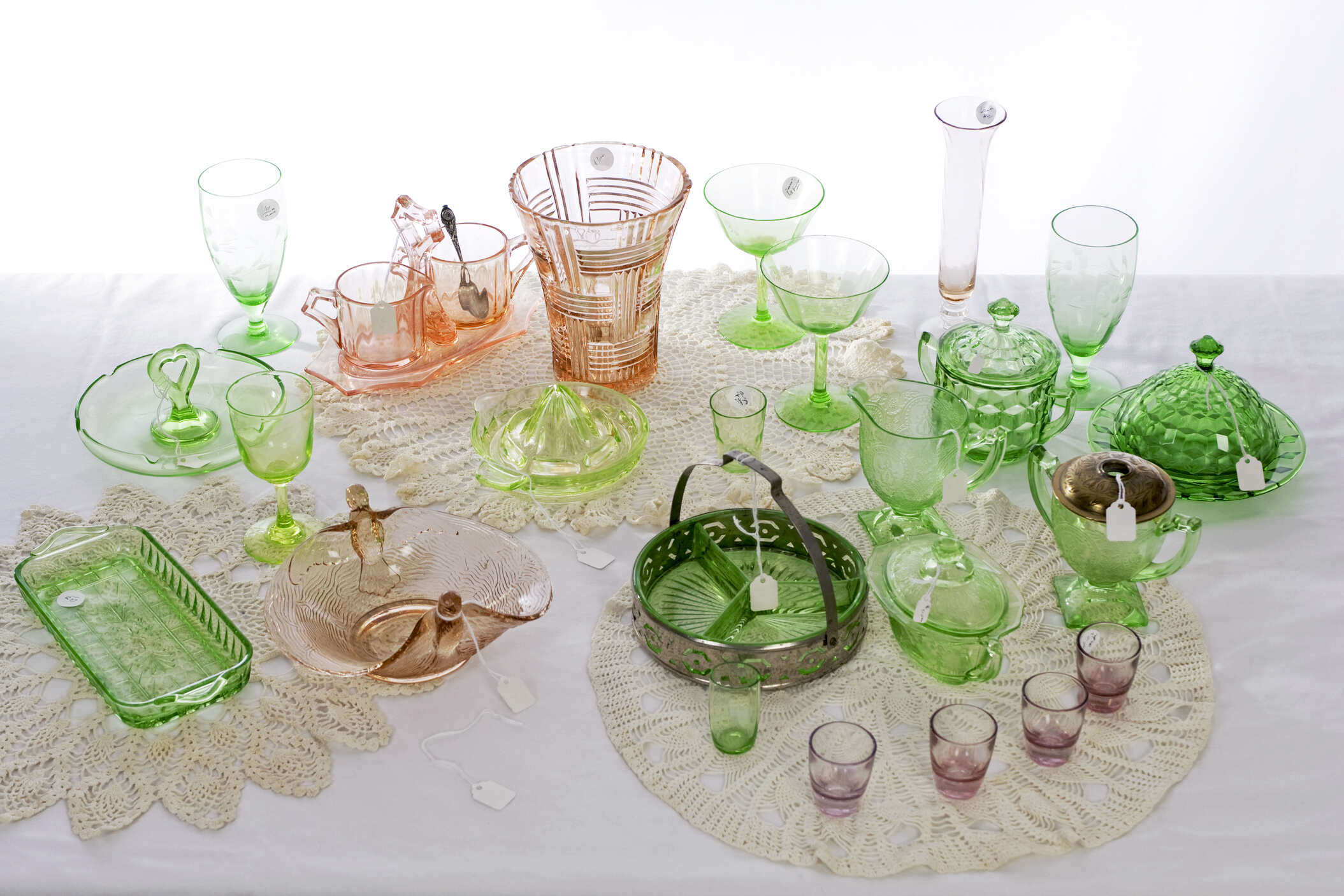
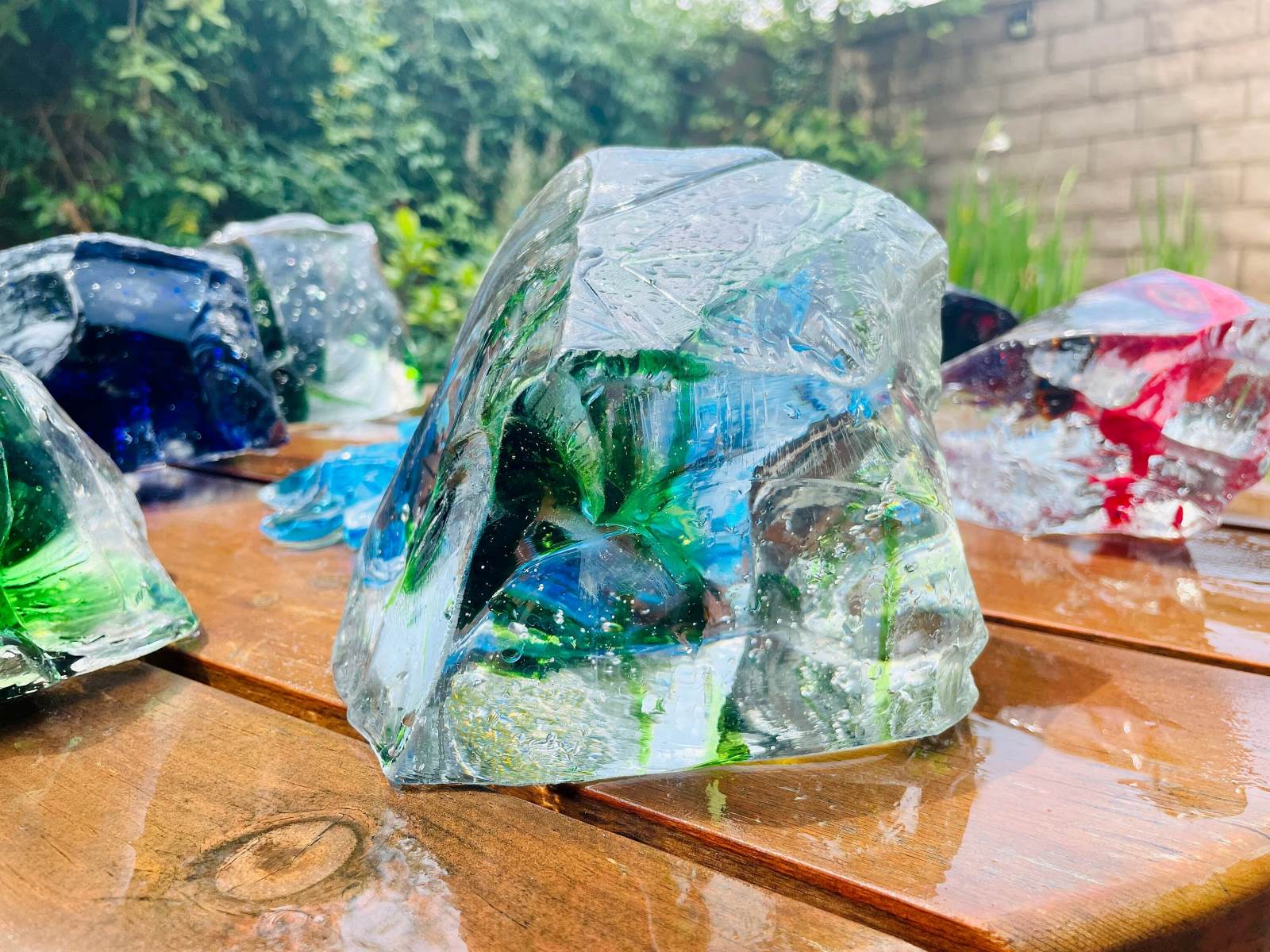
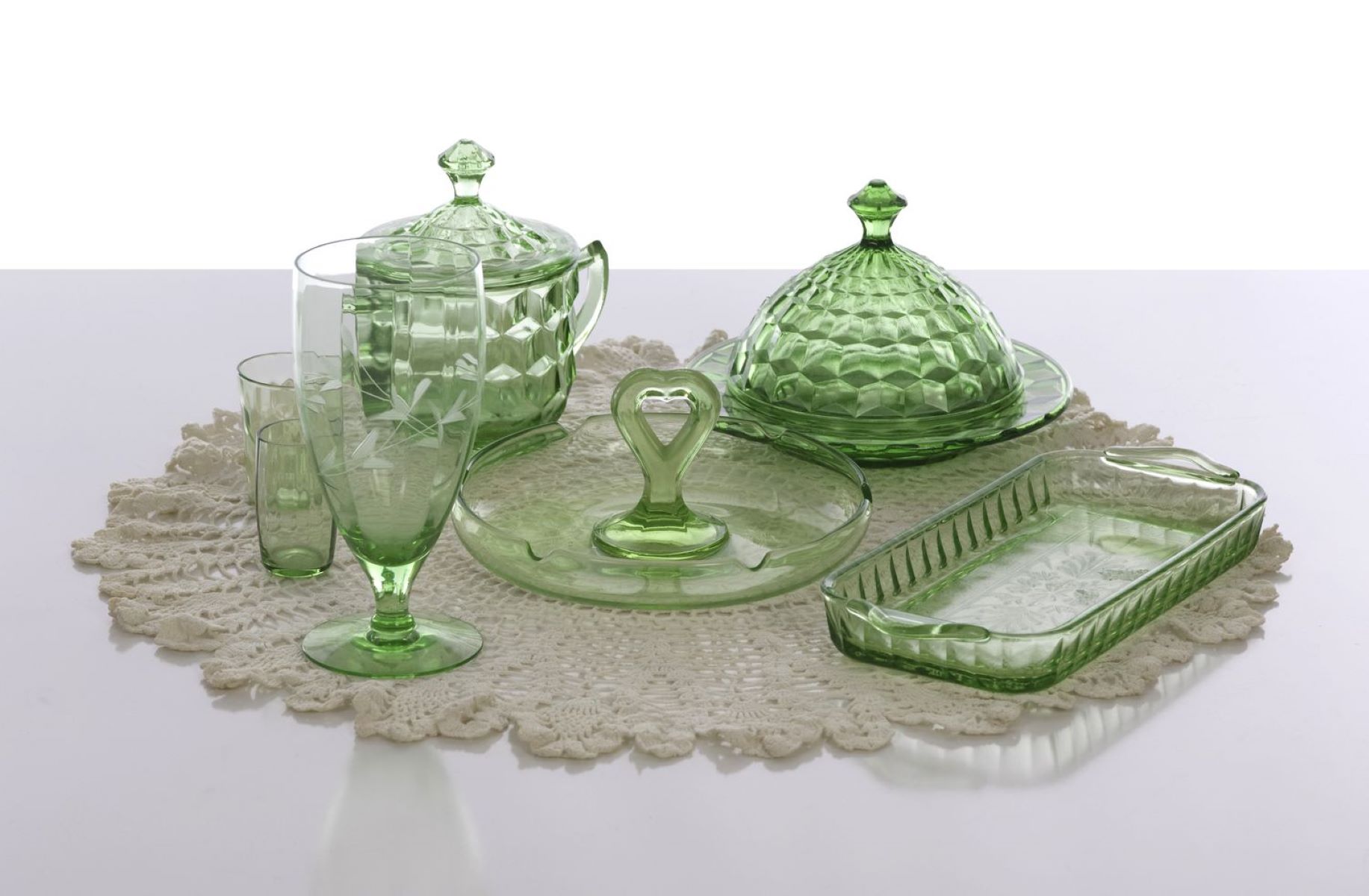
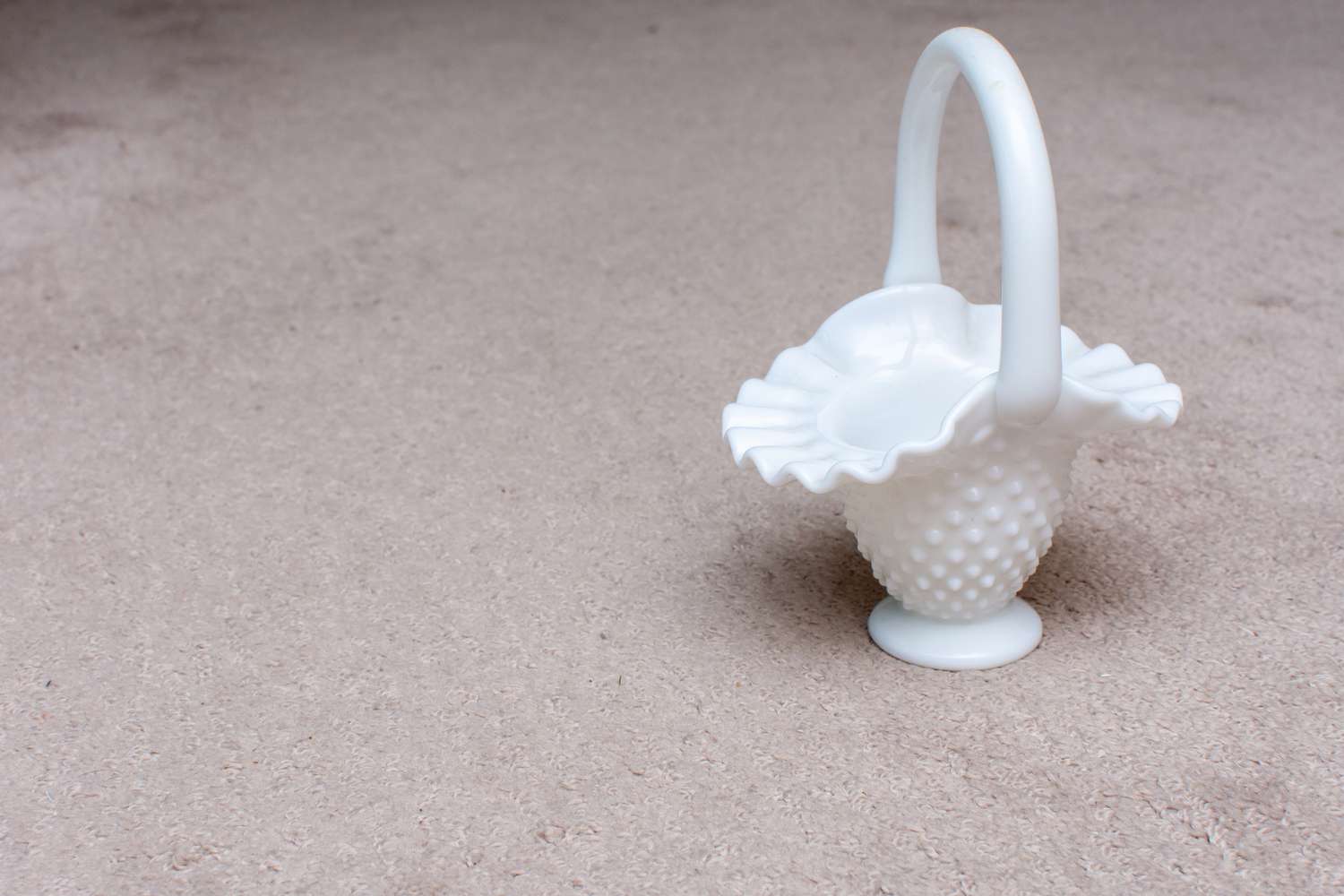
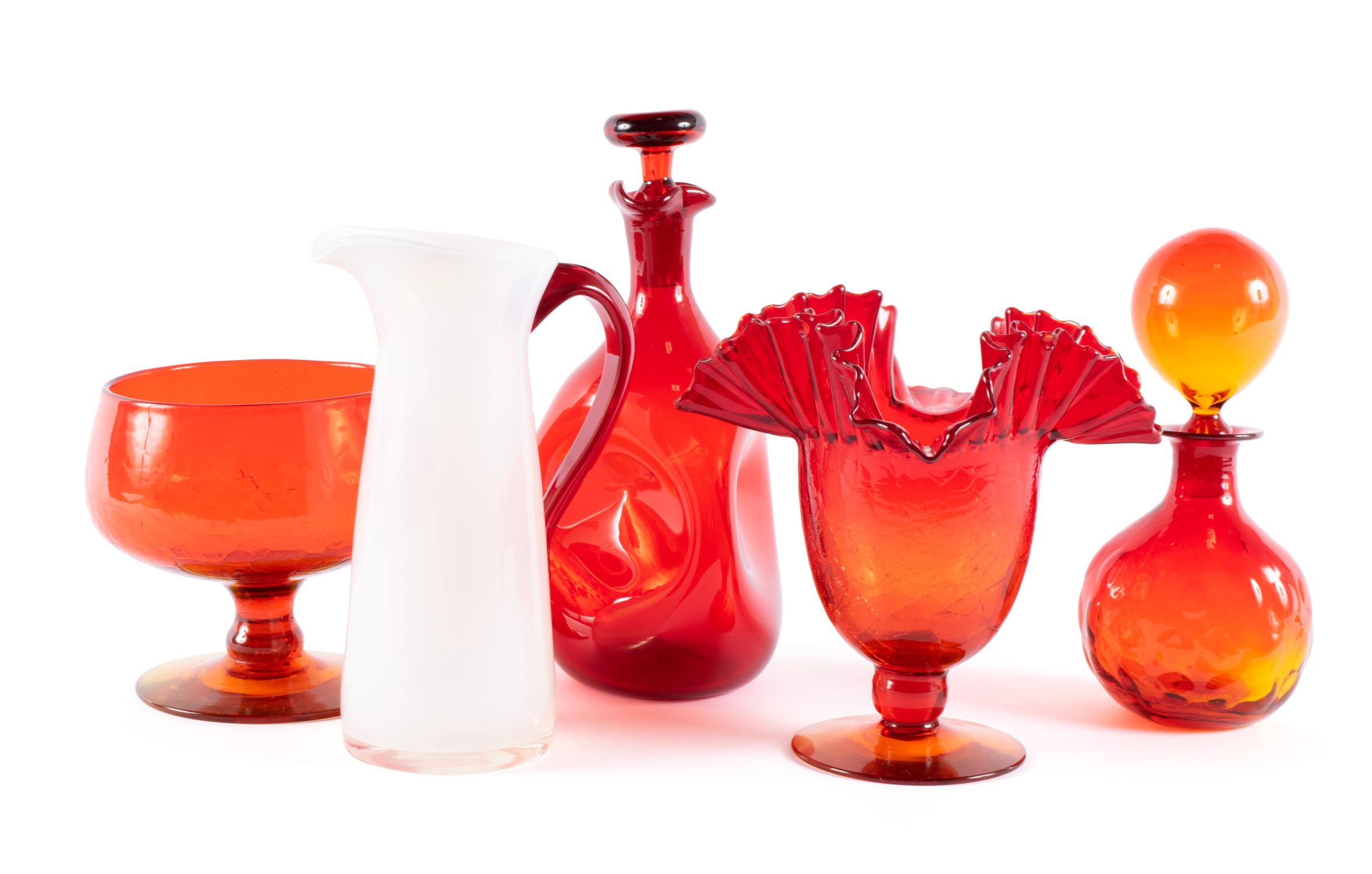
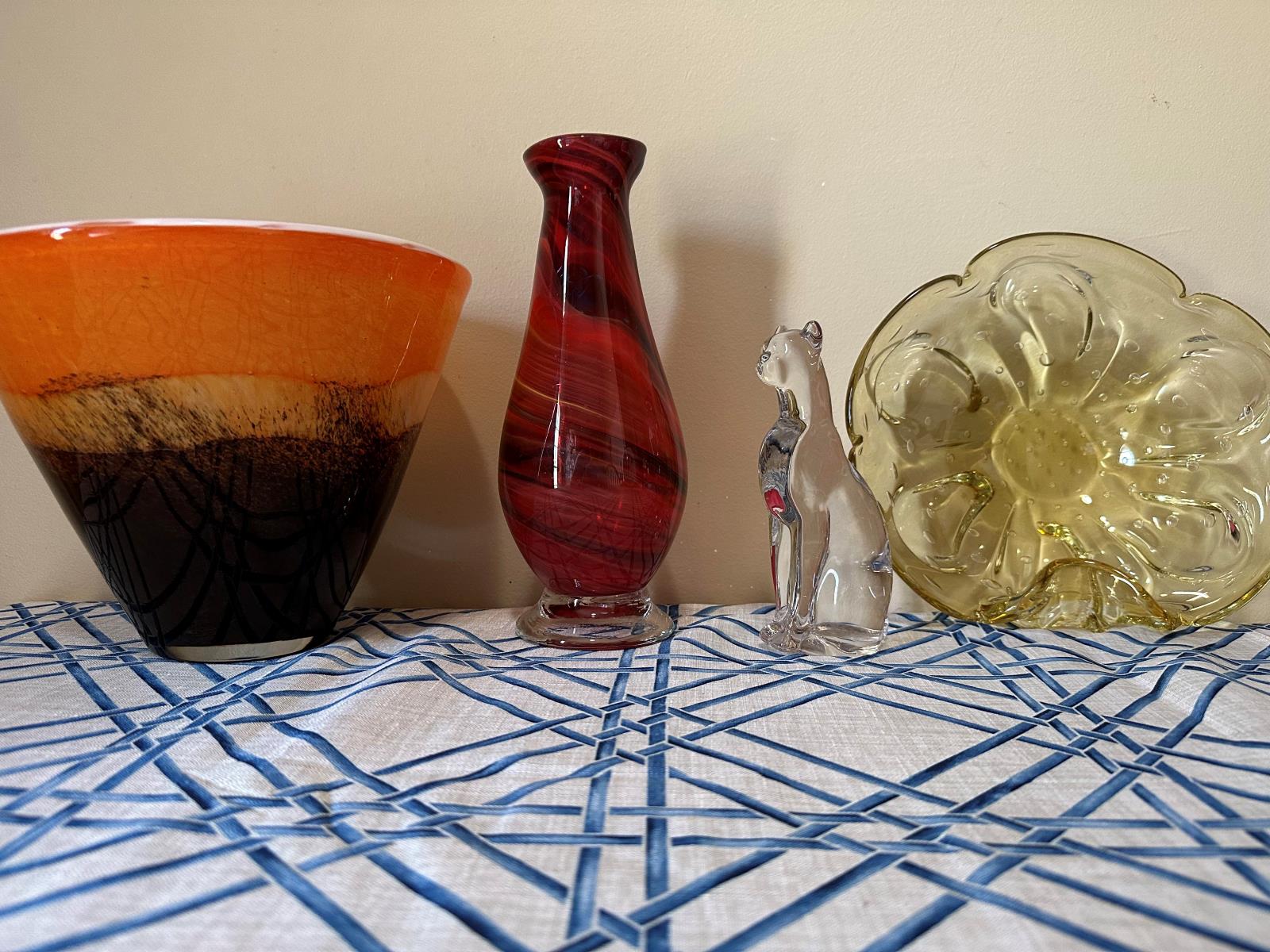
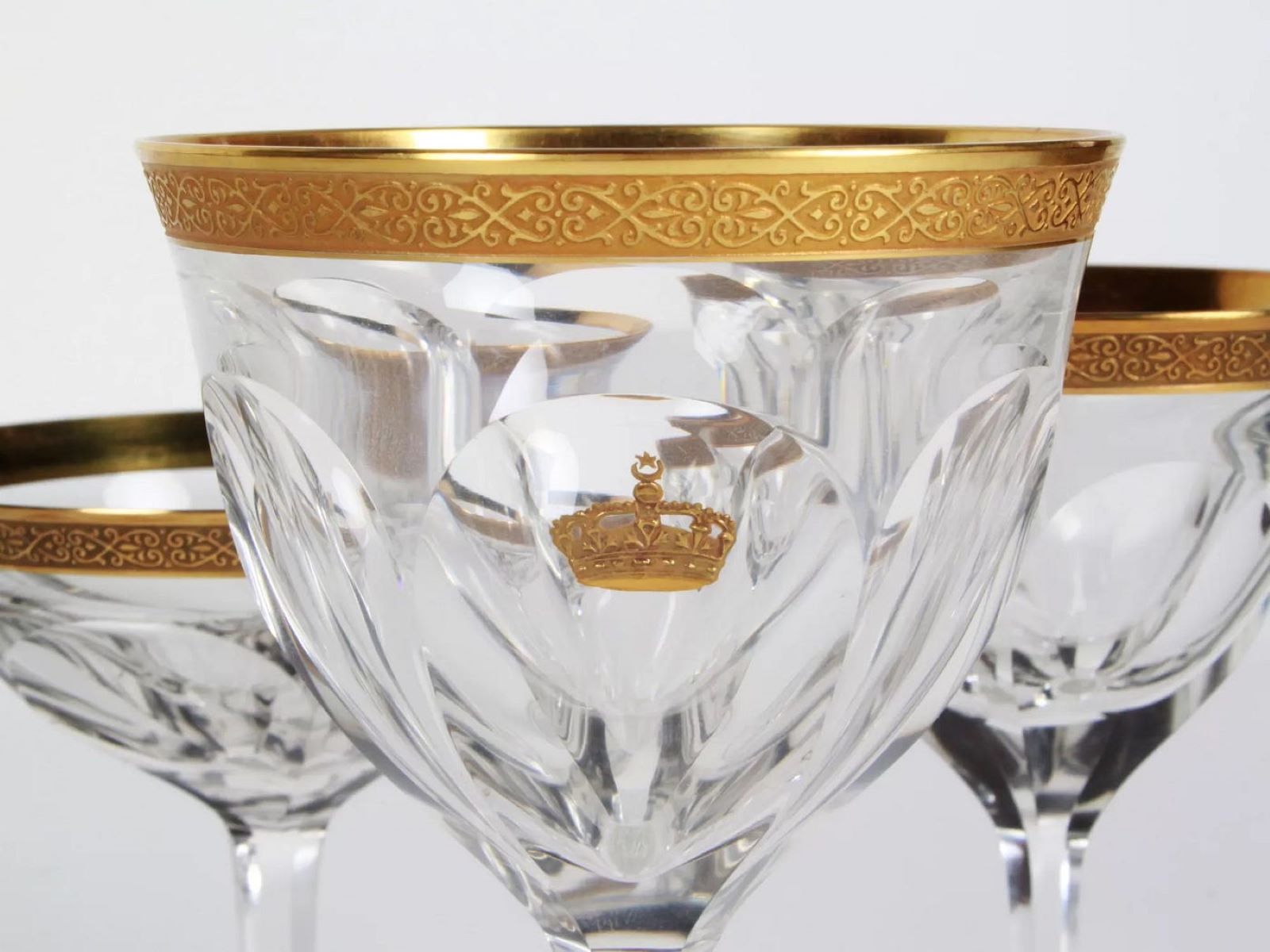
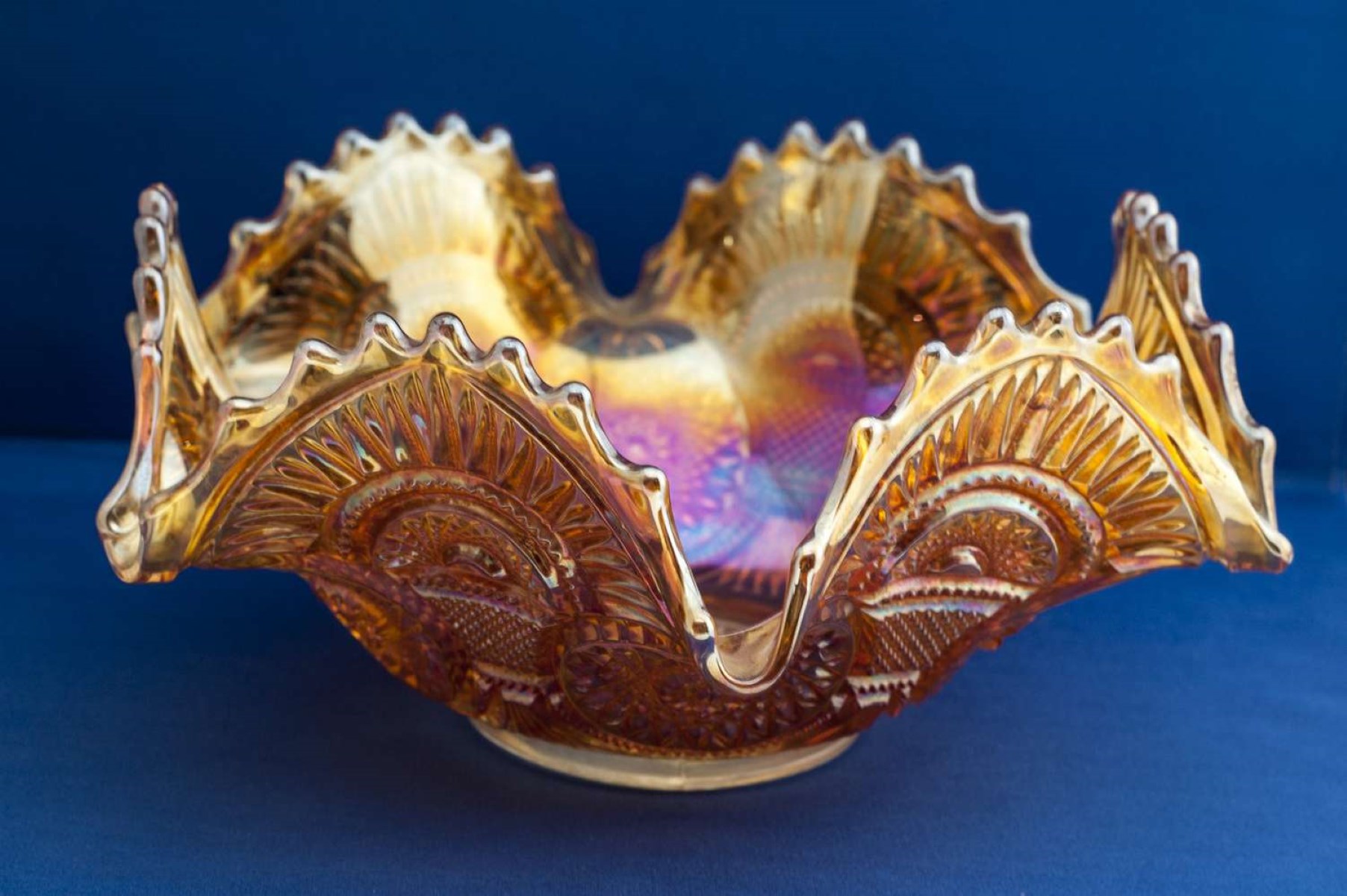
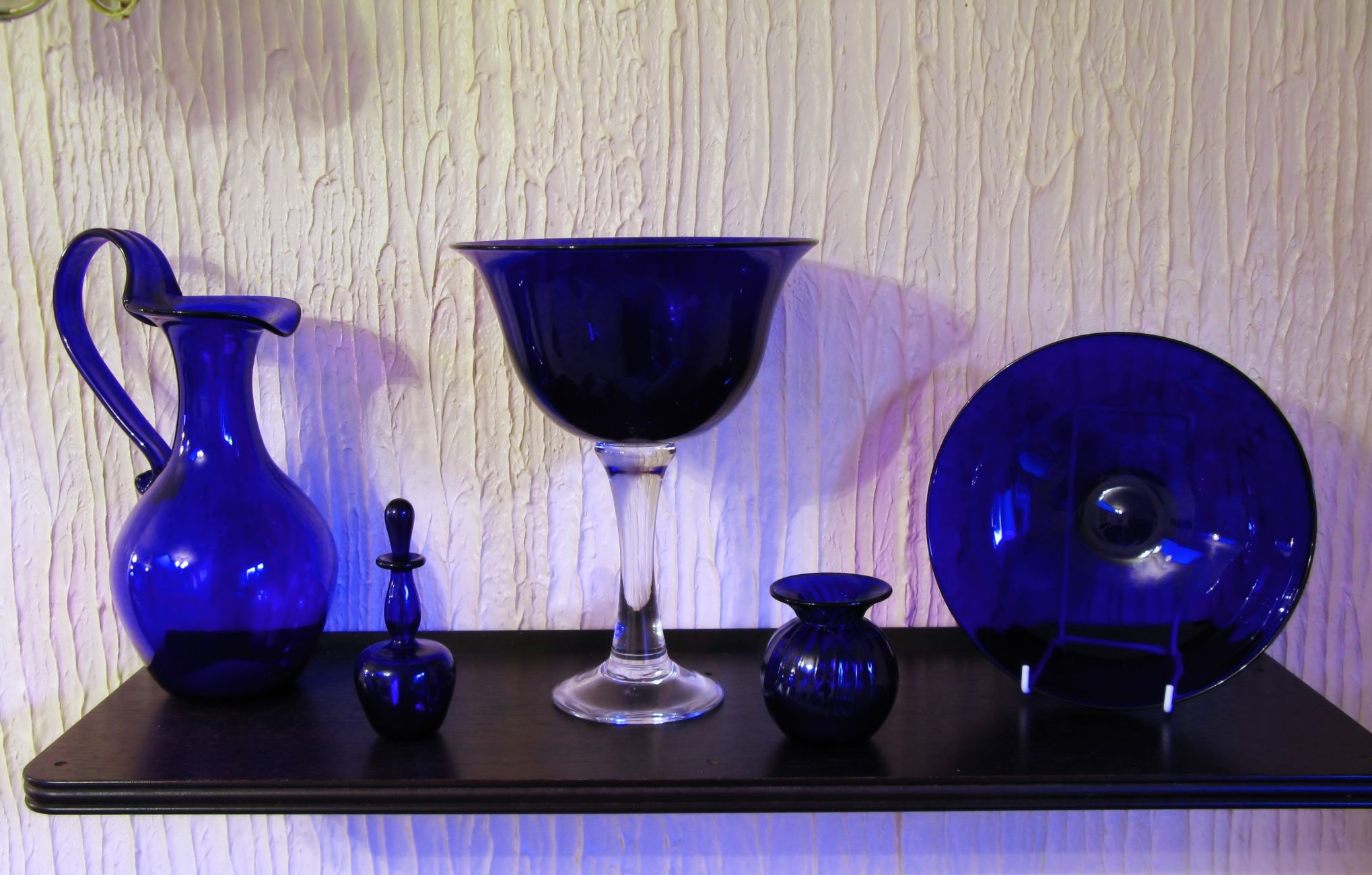

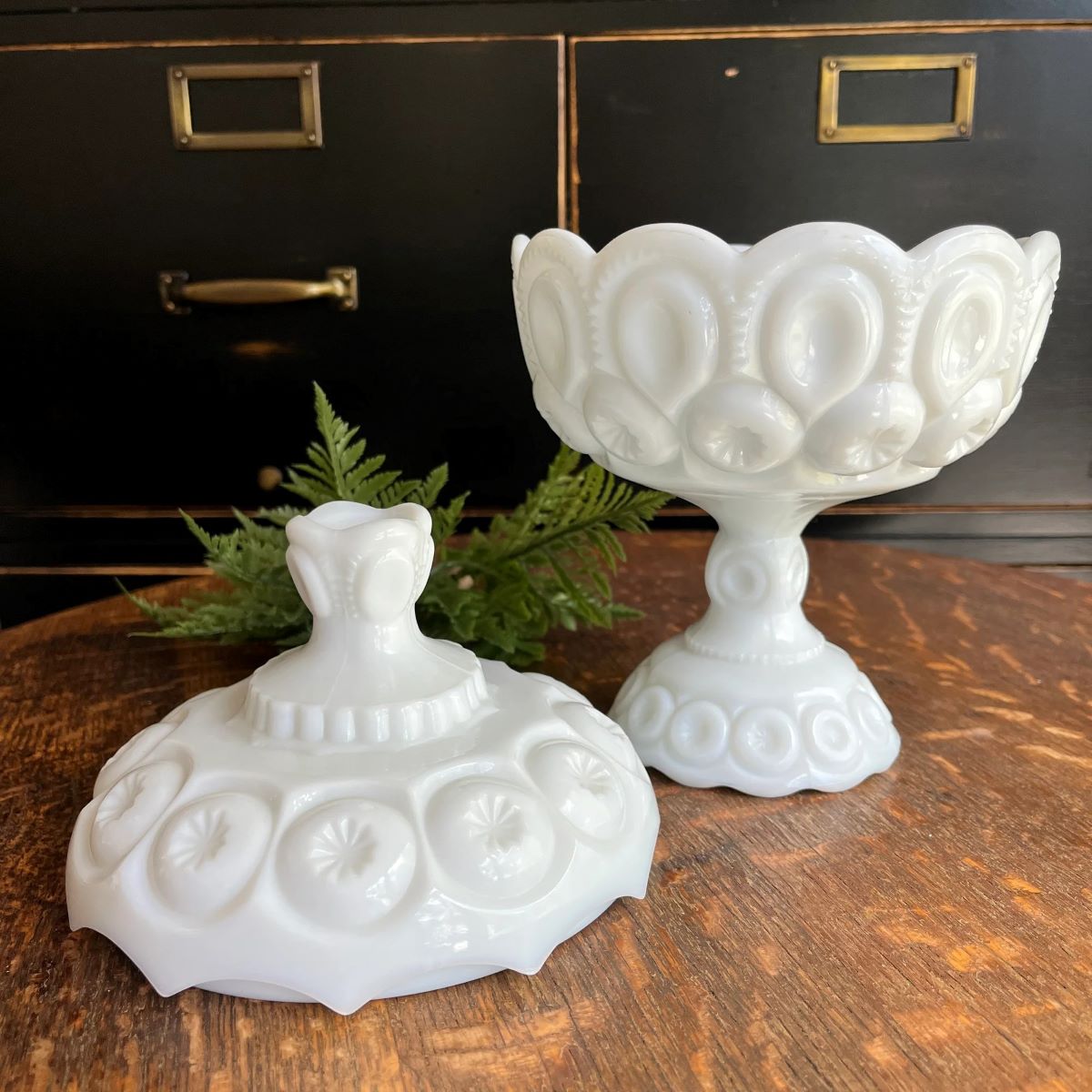
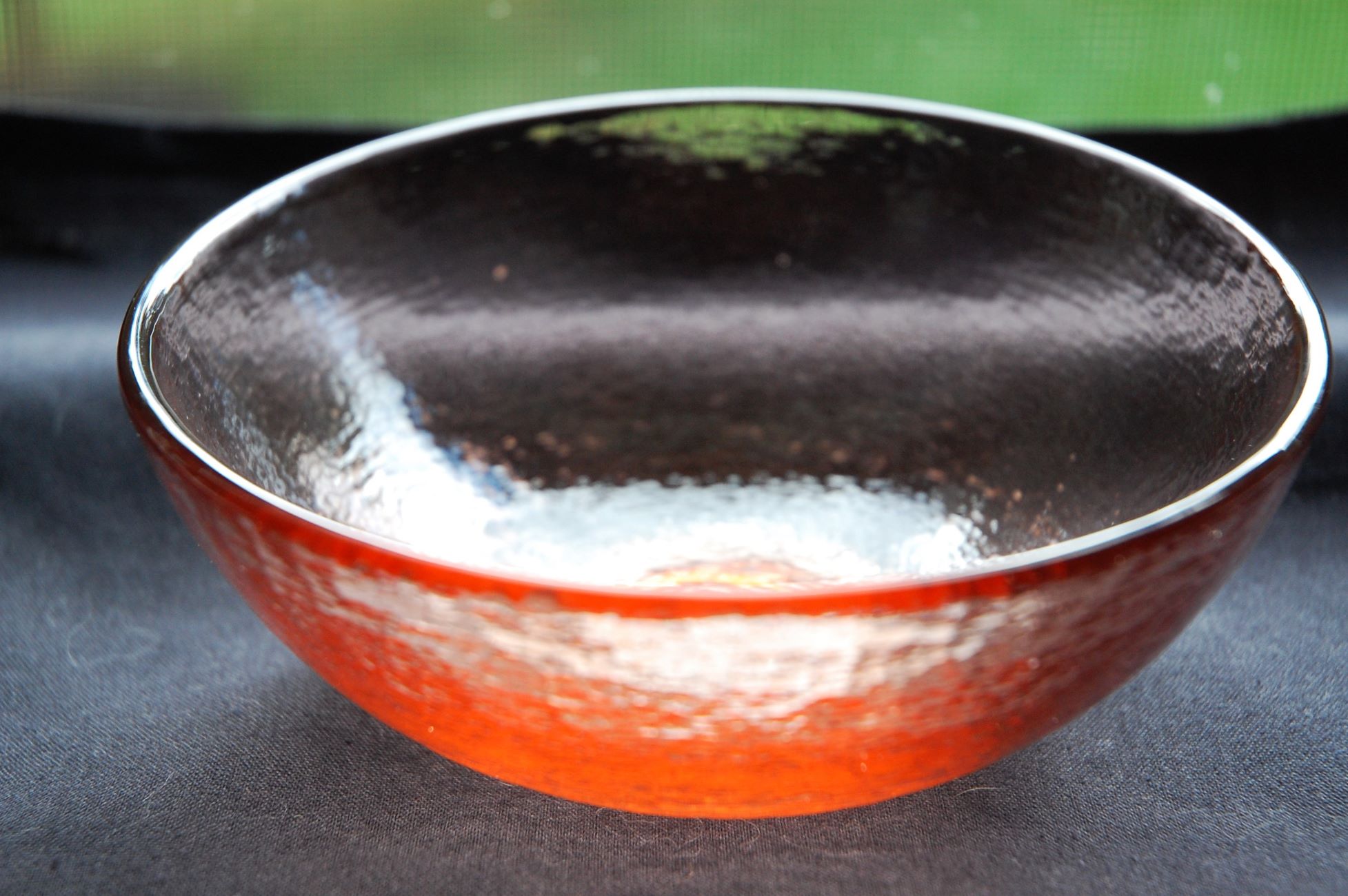
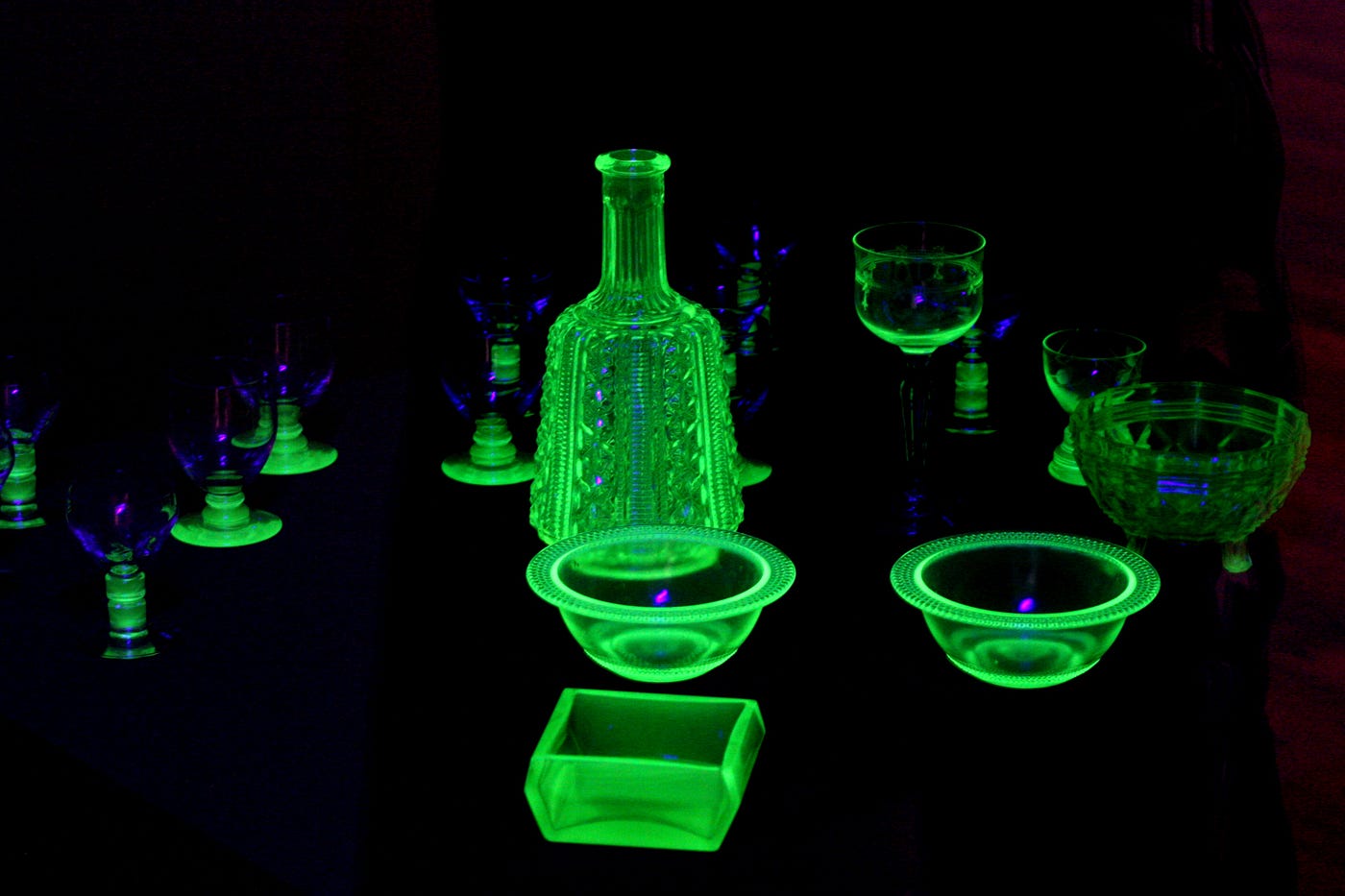

0 thoughts on “How To Identify Tiffany Glass”